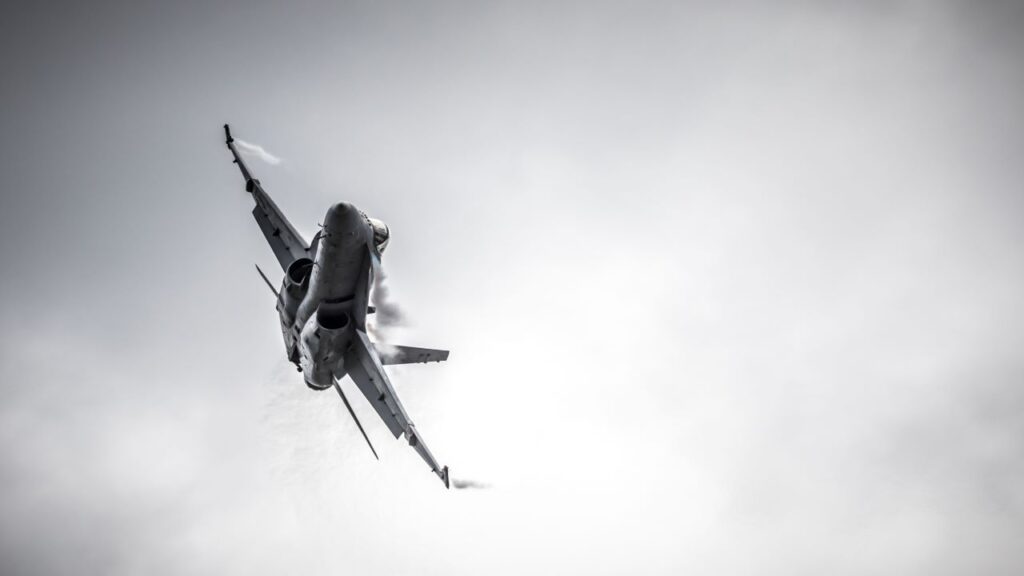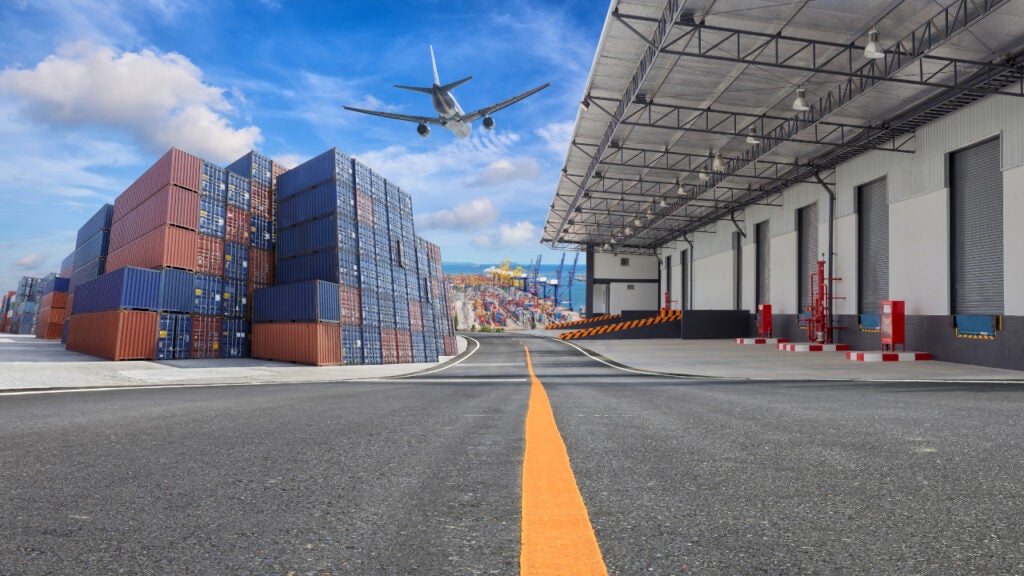The aerospace and defence industry continues to be a hotbed of innovation, with activity driven by the pressing need for modernisation and the growing importance of emerging technologies such as artificial intelligence and unmanned systems. In the last three years alone, there have been over 174,000 patents filed and granted in the aerospace and defence industry, according to GlobalData’s report on High intensity warfare in Aerospace, Defence & Security: Aerial refueling.
According to GlobalData’s Technology Foresights, which uses over 262,000 patents to analyse innovation intensity for the aerospace and defence industry, there are 180+ innovation areas that will shape the future of the industry.
Aerial refuelling is a key innovation area in high intensity warfare
Aerial refuelling, also known as in-flight refuelling (IFR), air-to-air refuelling (AAR) or tanking, involves transferring aviation fuel from one aircraft (the tanker) to another (the receiver) during flight. The two primary refuelling solutions are the probe-and-drogue, which can be adapted to various existing aircraft, and the flying boom, which speeds up the process but necessitates a dedicated boom operator station.
GlobalData’s analysis also uncovers the companies at the forefront of each innovation area and assesses the potential reach and impact of their patenting activity across different applications and geographies. According to GlobalData, there are 10 companies, spanning technology vendors, established aerospace and defence companies, and up-and-coming start-ups engaged in the development and application of aerial refuelling.
Key players in aerial refuelling – a disruptive innovation in the aerospace and defence industry
‘Application diversity’ measures the number of different applications identified for each relevant patent and broadly splits companies into either ‘niche’ or ‘diversified’ innovators.
‘Geographic reach’ refers to the number of different countries each relevant patent is registered in and reflects the breadth of geographic application intended, ranging from ‘global’ to ‘local’.
Lockheed Martin is one of the leading patent filers in the aerial refuelling domain. Lockheed Martin recently entered into an agreement with Airbus and the US Air Force to manufacture aerial refuelling booms for the LMXT strategic tanker aircraft. Israel Aerospace Industries are teaming up with HAL to convert civil passenger aircraft into refuelling tankers through the integration of new technologies. Boeing has been researching the unmanned tanker aircraft concept through the development of the MQ-25 Stingray unmanned aerial refuelling system. Some other key patent filers in the aerospace and defence industry include Embraer and BAE Systems.
In terms of application diversity, Lockheed Martin is the leading entity, closely followed by Icon Polymer Group and SoftBank Group in the second and third place respectively. By means of geographic reach, Advent International holds the top position followed by Lockheed Martin and Israel Aerospace Industries.
Aerial refuelling capabilities will become increasingly important as the threat of high intensity warfare drives armed forces to become more mobile and expeditionary. Aerial refuelling capabilities are being pursued by a growing number of militaries around the globe, with both acquisitions of new tanker aircraft and conversions of existing airframes gaining increased popularity.
To further understand the key themes and technologies disrupting the aerospace and defence industry, access GlobalData’s latest thematic research report on Thematic Research: High Intensity Warfare.




